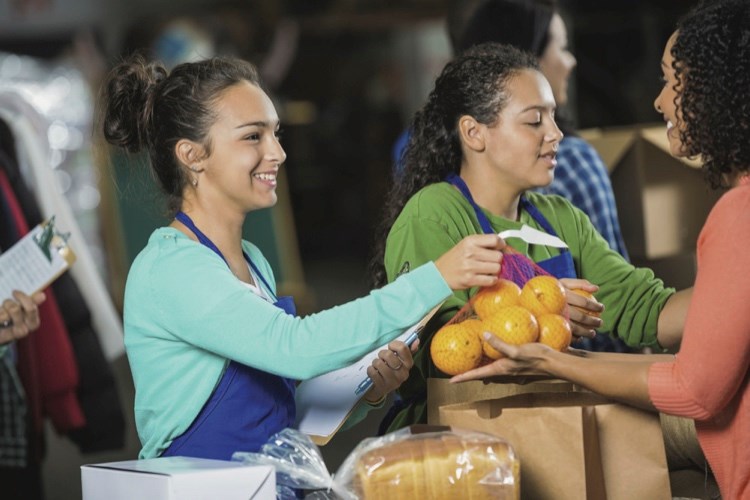Numbers of those using food banks jumped across the country earlier this year, with a report from Food Banks Canada citing high inflation and low social assistance rates key factors for the rise.
Data from the report showed food bank visits were up 15 per cent from the same time last year, and 35 per cent higher than before the pandemic. Alberta has seen the sharpest increase across the country, the report says. Analysis shows high food costs and housing, plus high inflation and low social assistance rates are to blame for the increased usage.
Kirstin Beardsley, Food Banks Canada CEO says the increased numbers are a combination of a broken social safety net and huge food cost increases, which equals far more people struggling to get by. Those on fixed incomes, like seniors, students and under-employed people are especially hard hit, she says, because their dollars aren't able to stretch as far.
Just as startling, the report says about a third of food bank clients are children, even though they account for just one fifth of the country's population. It's a wake-up call, Beardsley added, saying government and community organizations must work together to tackle food insecurity and the issues that contribute to it.
The Canadian Taxpayers Federation is taking notice too. “More Canadians are depending on food banks to feed their families this year and Albertans are topping the list,” said Kris Sims, Alberta Director for the Canadian Taxpayers Federation. “Albertans have less money to spend on groceries because they’re spending more on the carbon tax and inflation."
"The loss of income that would be experienced during extended periods of unemployment, combined with inflation, may have contributed to high levels of food insecurity and food bank usage,” reads the report. Indeed, it's not hard to understand why so many more Canadians are using food banks, with everything from soaring gas prices to groceries to utility costs all on the uptick.
The report details that the cost of groceries across Canada is up 11.4 per cent compared to 2021, the most significant increase recorded since August 1981.
The Calgary Food Bank reports the total number of hampers given out in that city has jumped from nearly 6,000 in March 2019 to over 11,000 in March 2022. It's of added concern as we approach the holiday season, say food bank staff in that city and all communities across the province, because November and December are already a busier time of year. And with demand at historic levels, it's especially important for communities to step up with donations.
What can be done to curb the trend? The Food Banks Canada report suggests long-term and short-term solutions, including creating a universal minimum income floor for Canada's working poor/lower-income Canadians and providing more affordable and rent-assisted housing.
Canada at a glance - Food Bank User Statistics
33.1% of users are children, who account for 20 per cent of the population.
45.4 % are single adult households.
49 % are on social assistance or disability-related supports
One in seven of those accessing food banks are employed.
8.9 % of food bank clients are seniors, a significant increase from 6.8% in 2019.
Total number of meals and snacks served in March 2022: 4,045,013
Northern and Remote Food Insecurity – an issue increasing at an alarming rate.



